If you love vegetables, you know they can be pretty pricey to buy at the store. You may have wondered about growing them yourself at home, and which are the easiest vegetables to grow yourself. But that can be overwhelming. Right? When I started gardening, I wanted to do it all, so I went out and bought all the seeds for the vegetables I normally eat. I went outside, dug out a little plot, and followed the instructions for depth and distance on the back of the seed envelope flaps. I was going to have a bounty that all the farmers would envy, and fresh vegetables on my dinner table every night.
Then they started to grow, at least some of them did, and they started crowding each other out. My poor beautiful garden that had such potential was a hot mess with strangled plants, and barely any vegetables. I may have gotten a few peas and a cucumber out of the whole bunch. Yikes! I took on too much too soon and didn't plan worth a lick, but that doesn't have to happen to you.
Figuring out the easiest vegetables to grow is the key to providing your family with nutritional foods without the hefty price tag. More than that, you'll know exactly where your vegetables came from. If you start with the easiest vegetables to grow and make a plan, you will have the bounty you dreamed of.
How to Start
When you're planning to grow a vegetable garden, the first thing you need to do is decide which vegetables you're going to grow and if you have the space to grow them. If you're a beginner, you probably want to pick the easiest vegetables to grow so that you can get the most out of your time and effort.
Soil
Space
The Easiest Vegetables to Grow
Your space is perfect now, and you can't wait to get started with this project. You've got the easiest vegetables to grow on the planet, and are planning for what you're going to do with all the yummy goodness coming out of your garden. You're ready.
So, let's go through the list to find out exactly what you need to do with your seeds and plants to make the most of your time outside.
Root Vegetables
Root vegetables are not only easy vegetables to grow; they're fun too. Imagine putting seeds into the ground, a green plant popping out of the earth, when underneath the real magic is happening. After the determined amount of time, you dig underneath your perfectly balanced soil to discover your beautiful vegetables hiding like little treasures.
Carrots
Radishes
Climbing Veggies
Vegetables that climb don't necessarily need more room in your garden, but you do have to give them something to climb on. You can choose a cage to go around your plant or a trellis for them so that they can climb. Whichever you decide, you need to supply the support while the plants are babies, so you're not trying to put a cage around a grown plant or untangling runners that have gone wild.
Here are the easiest vegetables to grow that need some extra support as they grow.
Green beans
Peas
Vegetable Runners
Vegetable runners are those plants that creep along the ground. They need lots of room to spread out and roam. If you're going to choose these types of vegetables, make sure you give them the space they need. You won't regret it.
Squash
Cucumbers
Compact Veggies
Compact vegetables are just like they sound, compact. They don't take up a lot of space and, like the others, can be easy to grow. These two compact vegetables are the base of any great salad: lettuce and spinach.
Lettuce
Spinach
Get Outside and Grow
Now that you know the easiest vegetables to grow, it's time to get dirty! Pick which vegetables you're going to grow, and go outside to get started. Don't fall into the trap of trying to grow everything at once. It's okay to start small and get your bearings in your garden and expand from there. The point is, you can do it. All you have to do is start.
With the right spacing, a bit of prep, and some attention, you can grow a salad right outside your door. You might find yourself and your family enjoying this food even more from your yard than from the store. What a great way to get outside, and to treat your whole family.
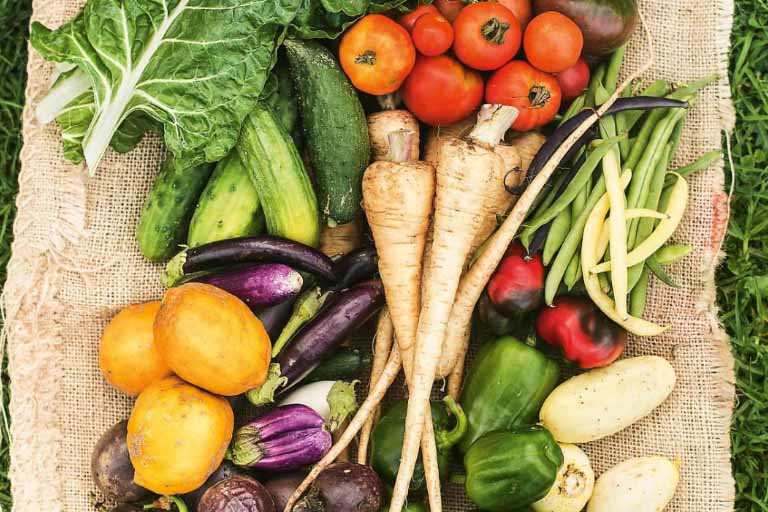
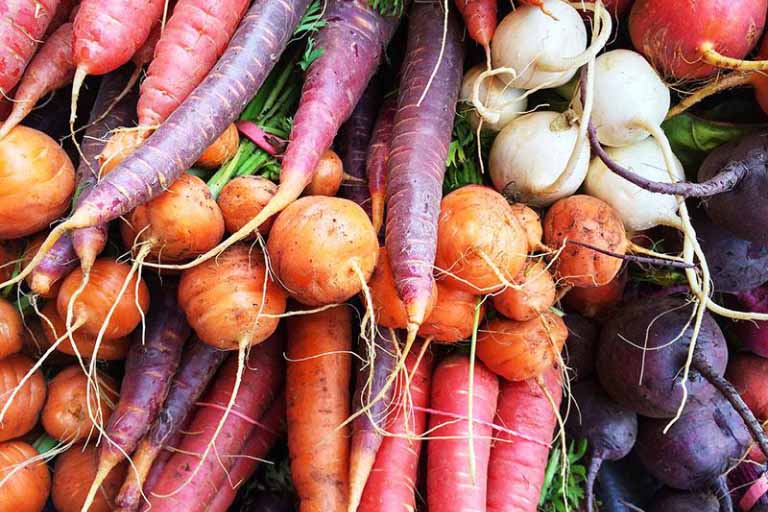
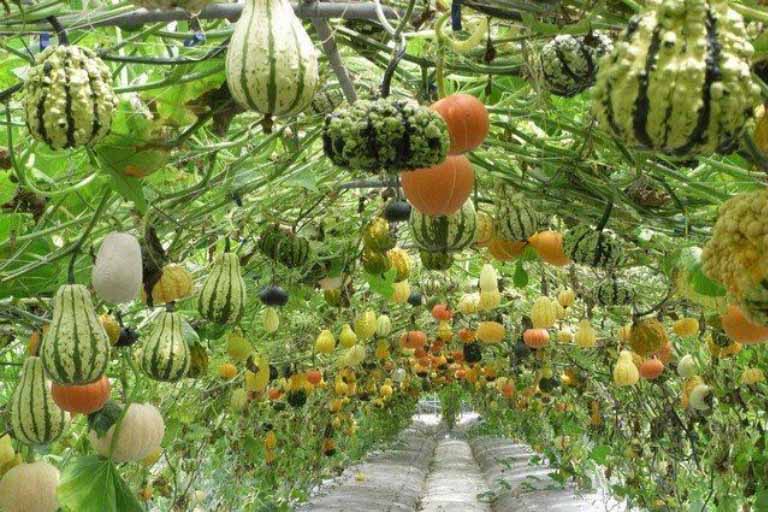
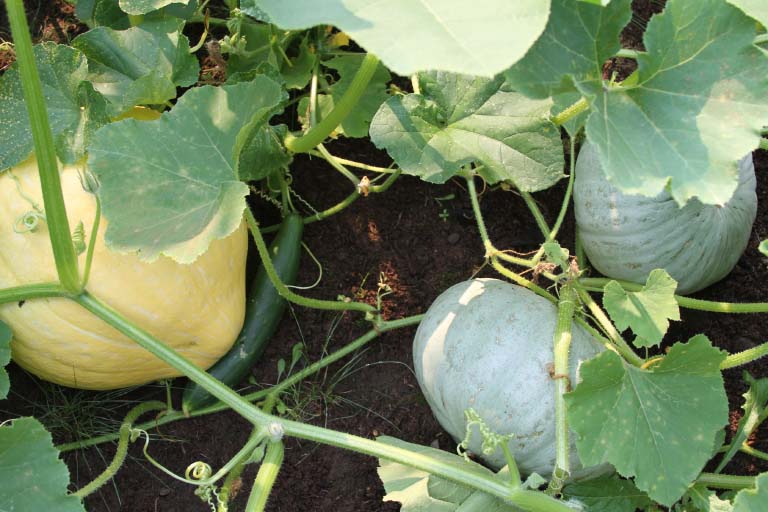
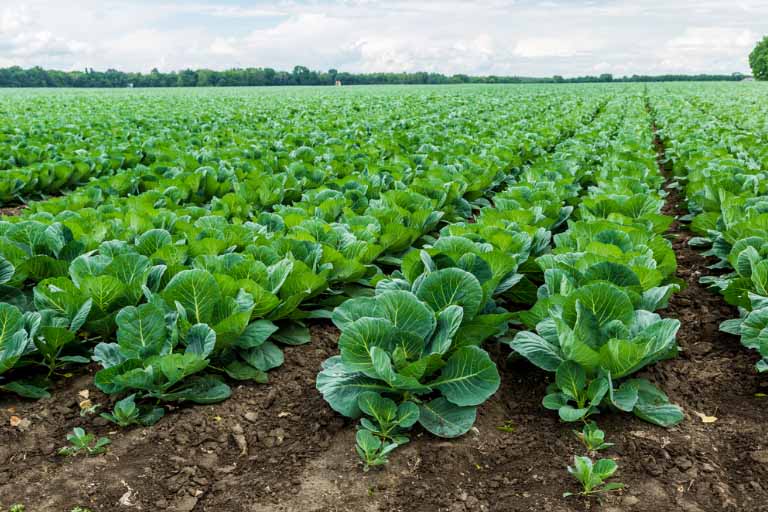
Leave a Reply